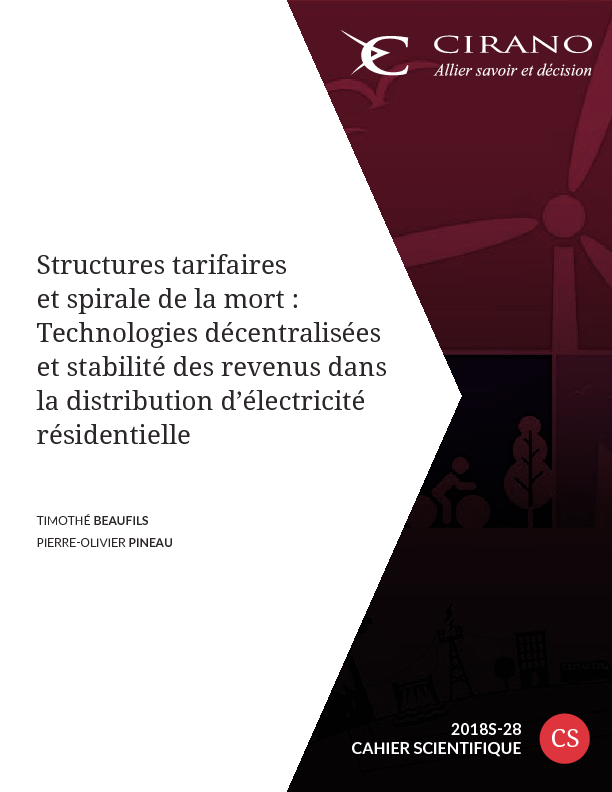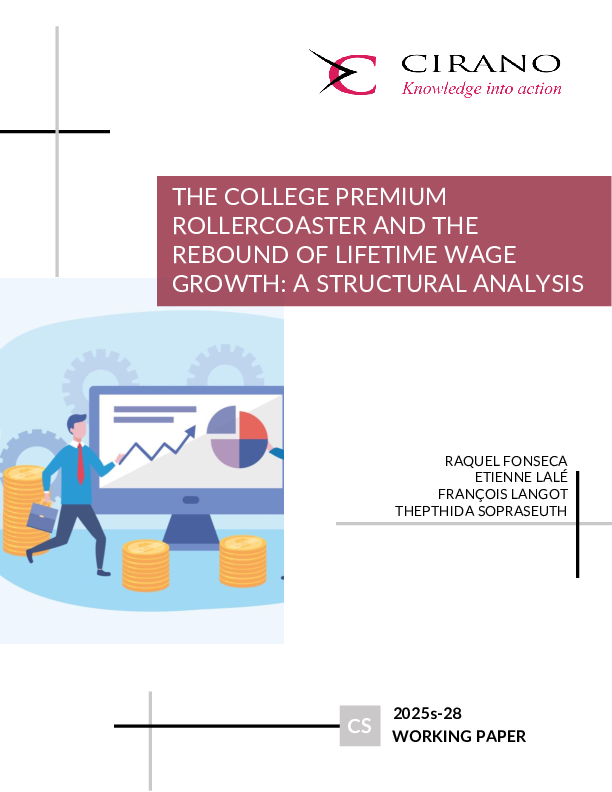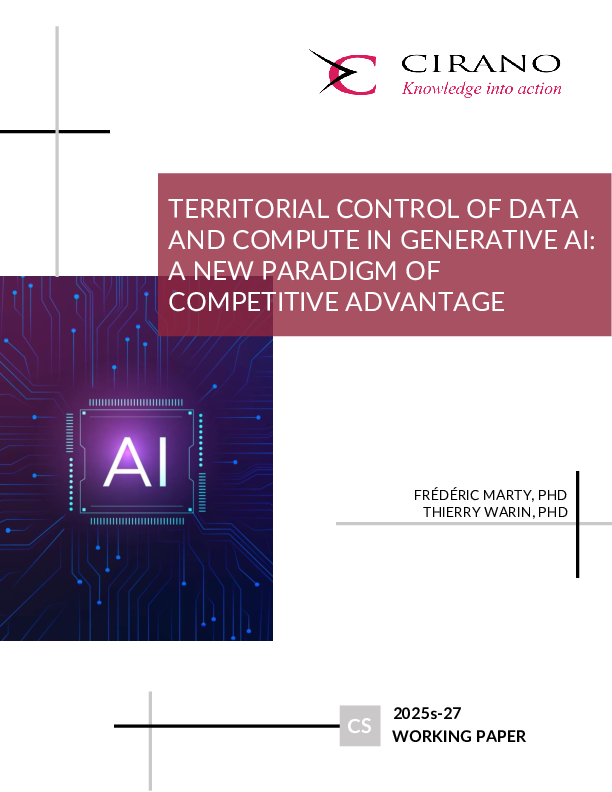Structures tarifaires et spirale de la mort : Technologies décentralisées et stabilité des revenus dans la distribution d’électricité résidentielle
Due to the growing importance of Decentralized Energy Resources, regular rate design used by Distribution System Operators (DSOs) are becoming outdated. Scaled to a residential consumer, this study introduces a simple model to qualify the relevance of different rate structures to face the adoption of photovoltaic rooftop technologies (PV) and the daily charge of an electric vehicle (EV). Simulations show that both technologies are to have a major impact on household’s typical load profile, increasing the decorrelation between volumetric energy consumption and peak demand. In addition, EV’s recharge is powerful enough to create huge power peak, even when it occurs in a usually low consumption period. In terms of DSOs’ revenue, the impact of those new types of consumption highly depends on tariff’s structure. The introduction of temporally variable rates (ToU) may inhibit the death spiral phenomenon caused by PV’s penetration, but may be counterproductive when applied to easily postponed uses, such as EV reload. Considering that distribution costs mostly rely on peak power demand, it seems that the introduction of capacity related charges in future distribution rates is the only way to ensure a fair and efficient recovery of DSOs required revenue.




